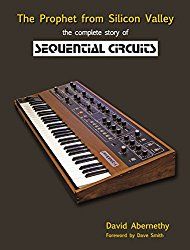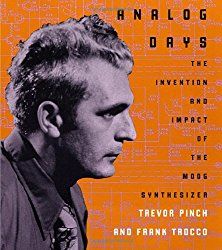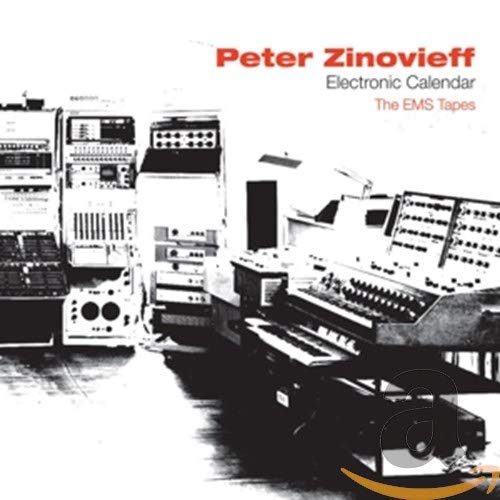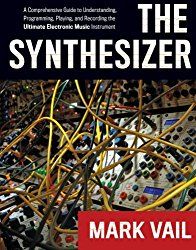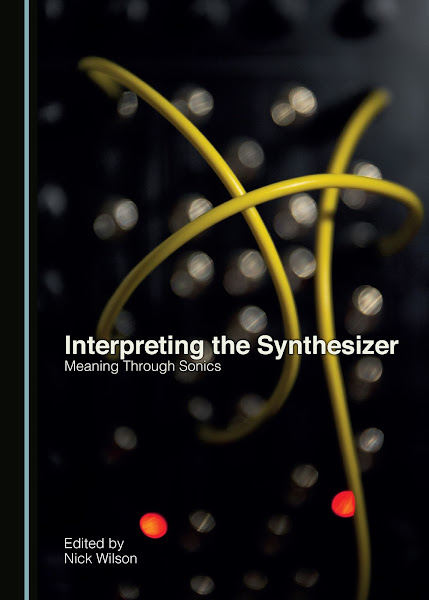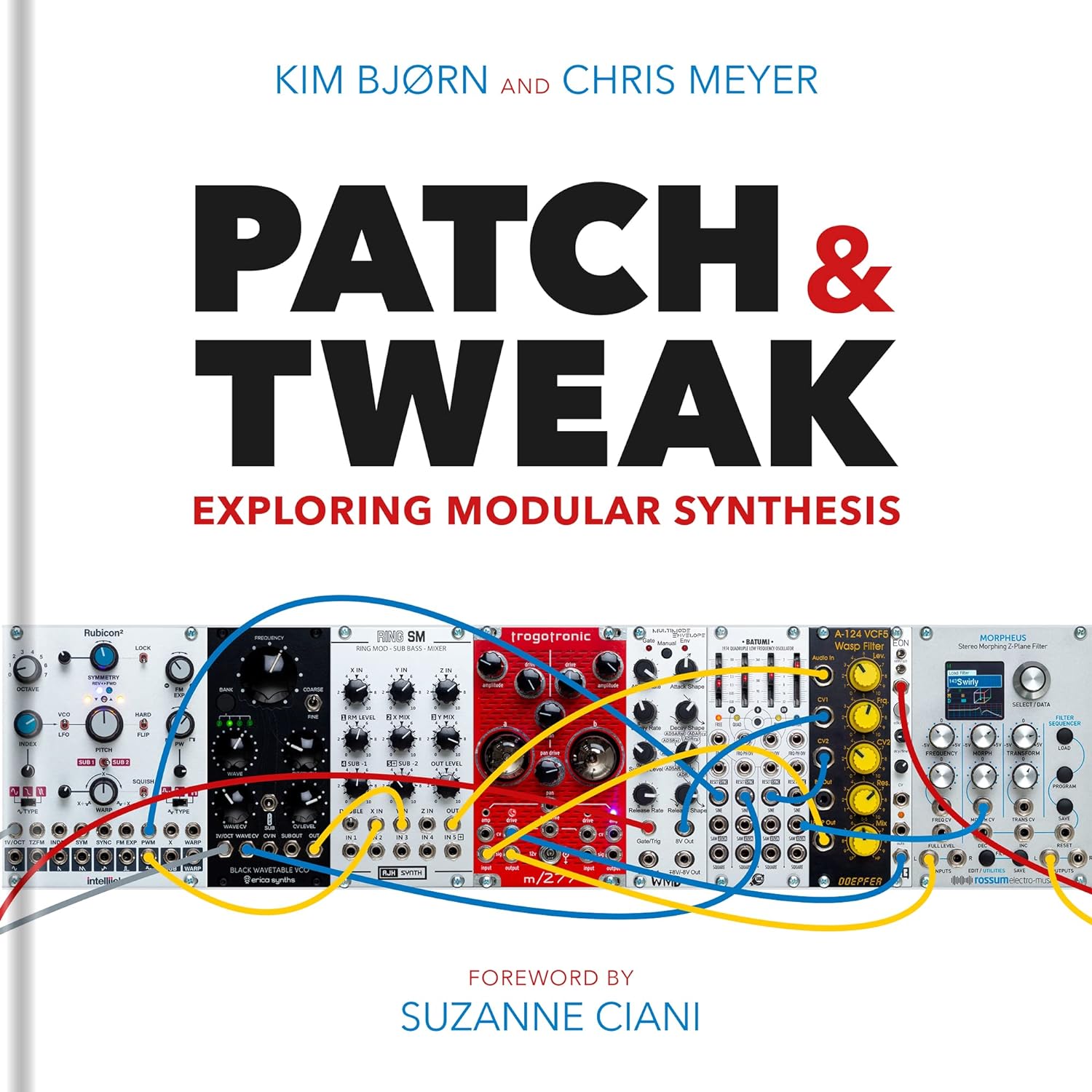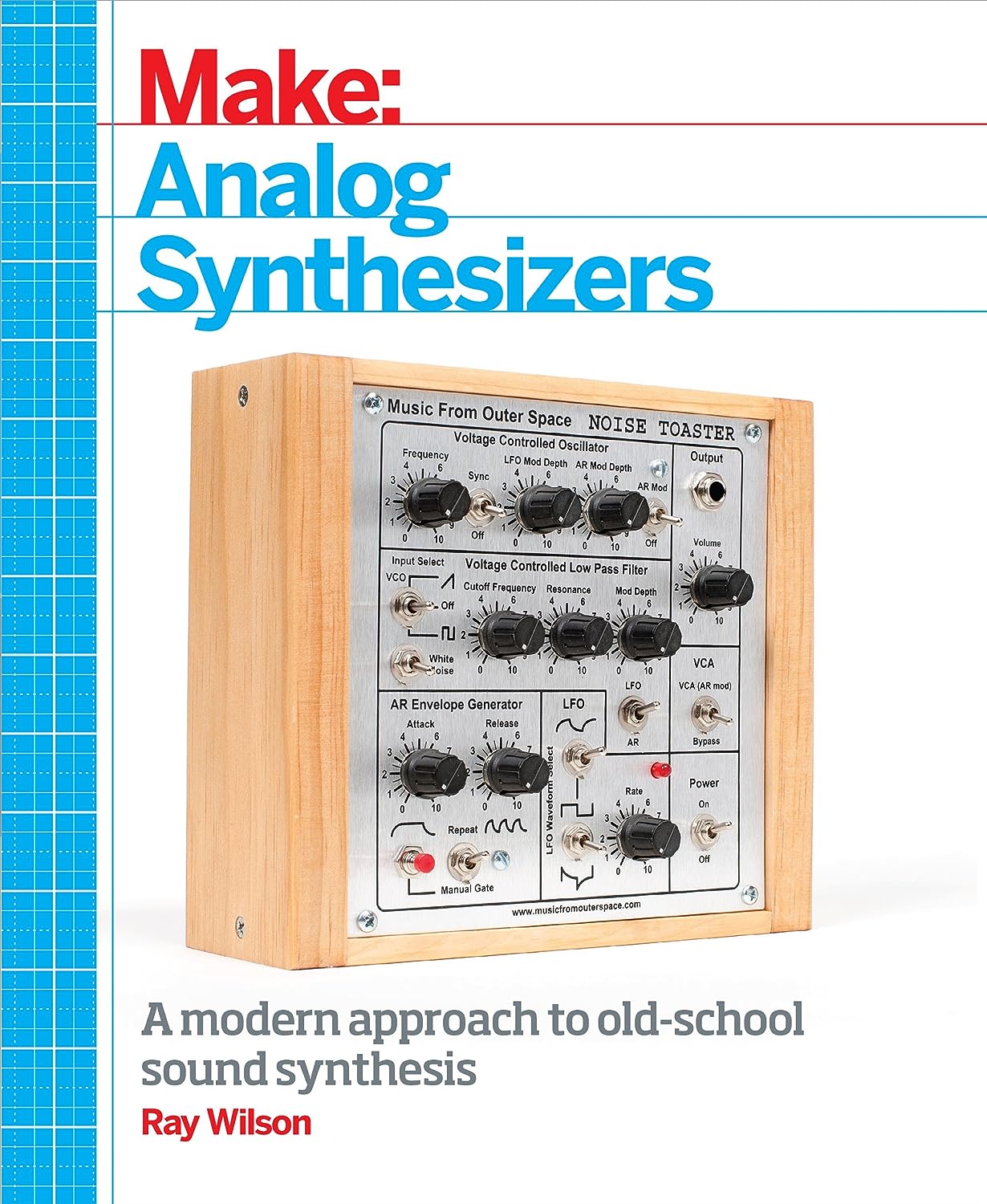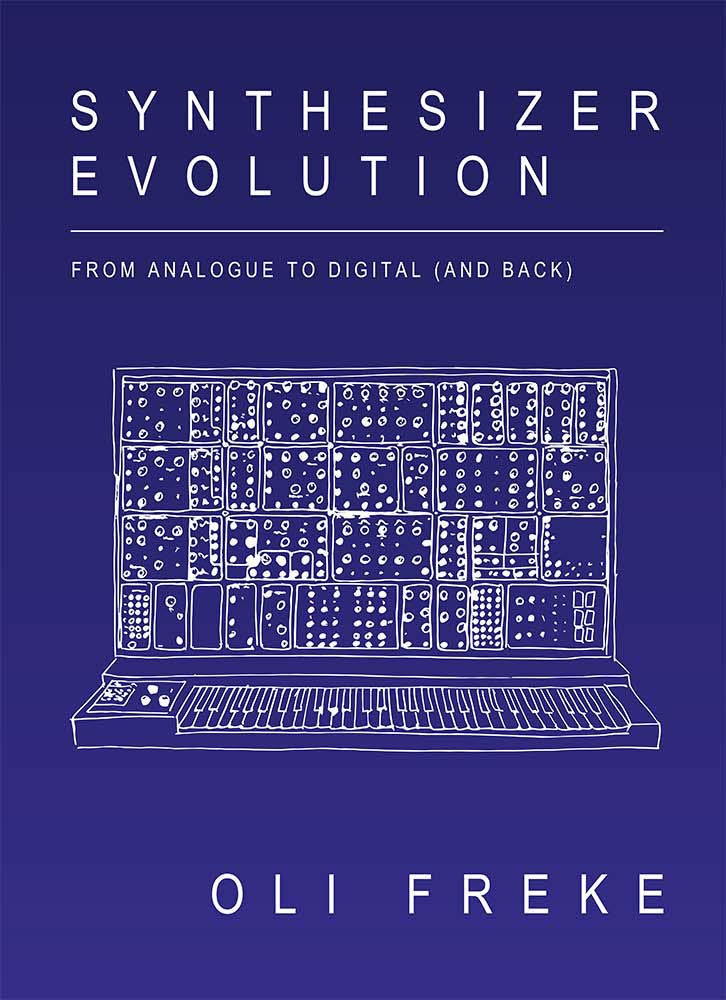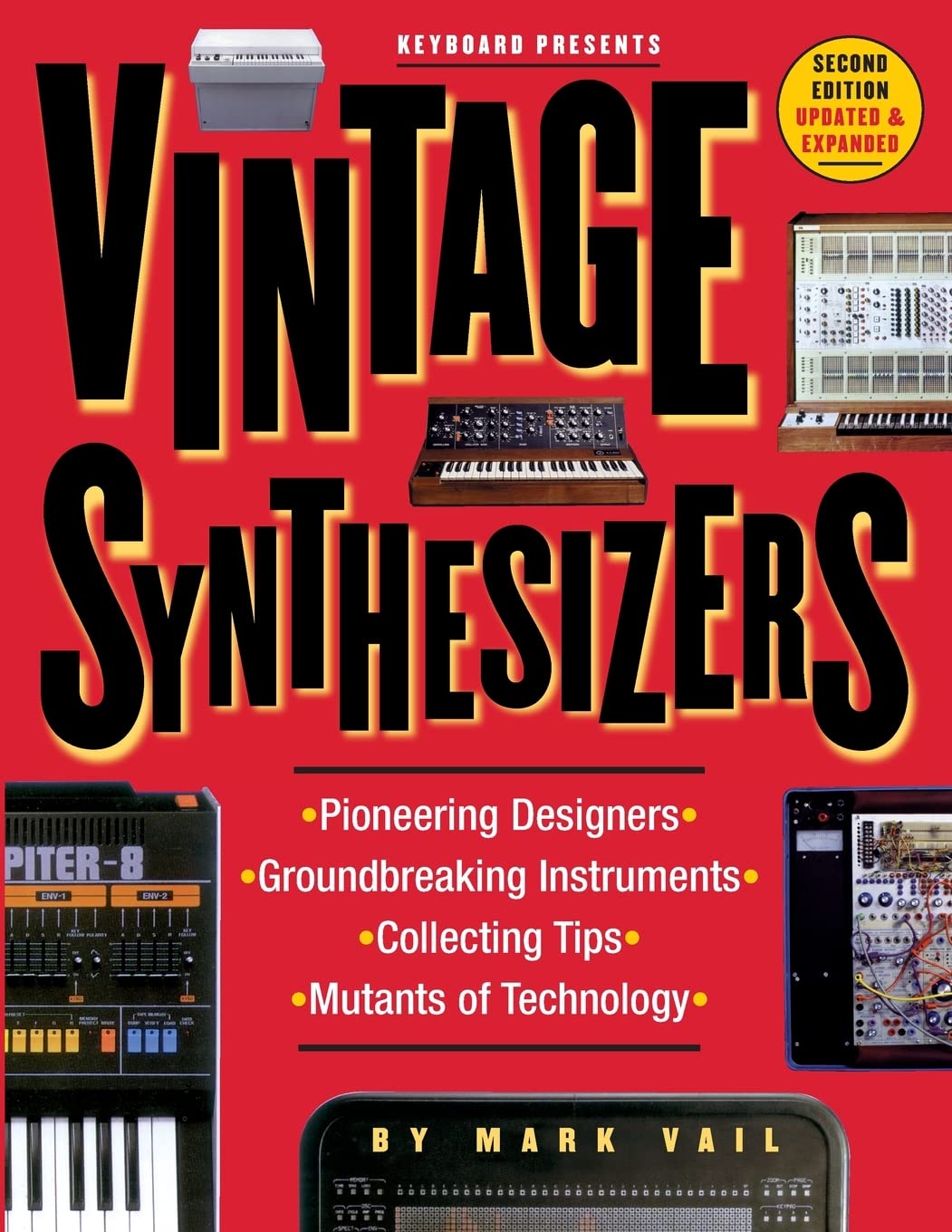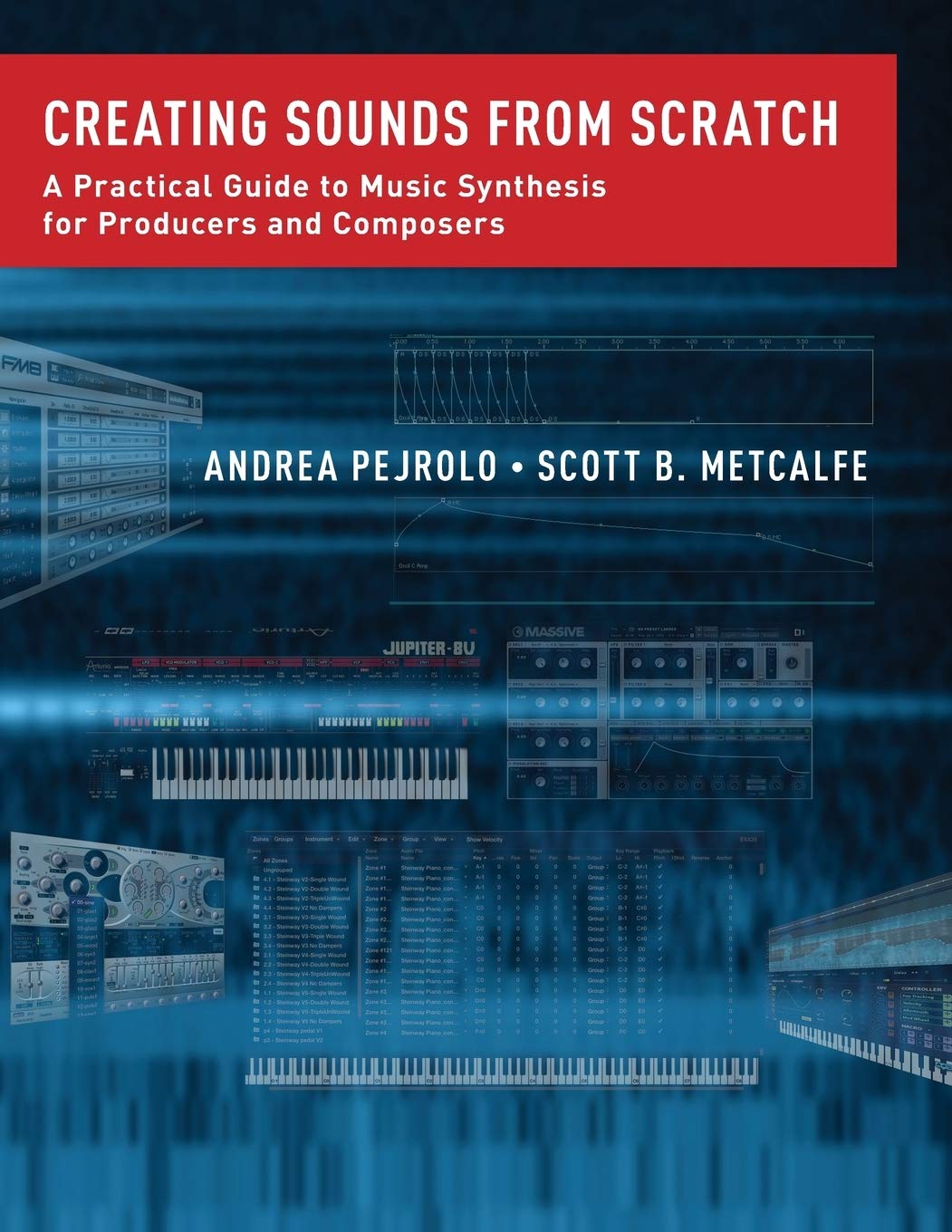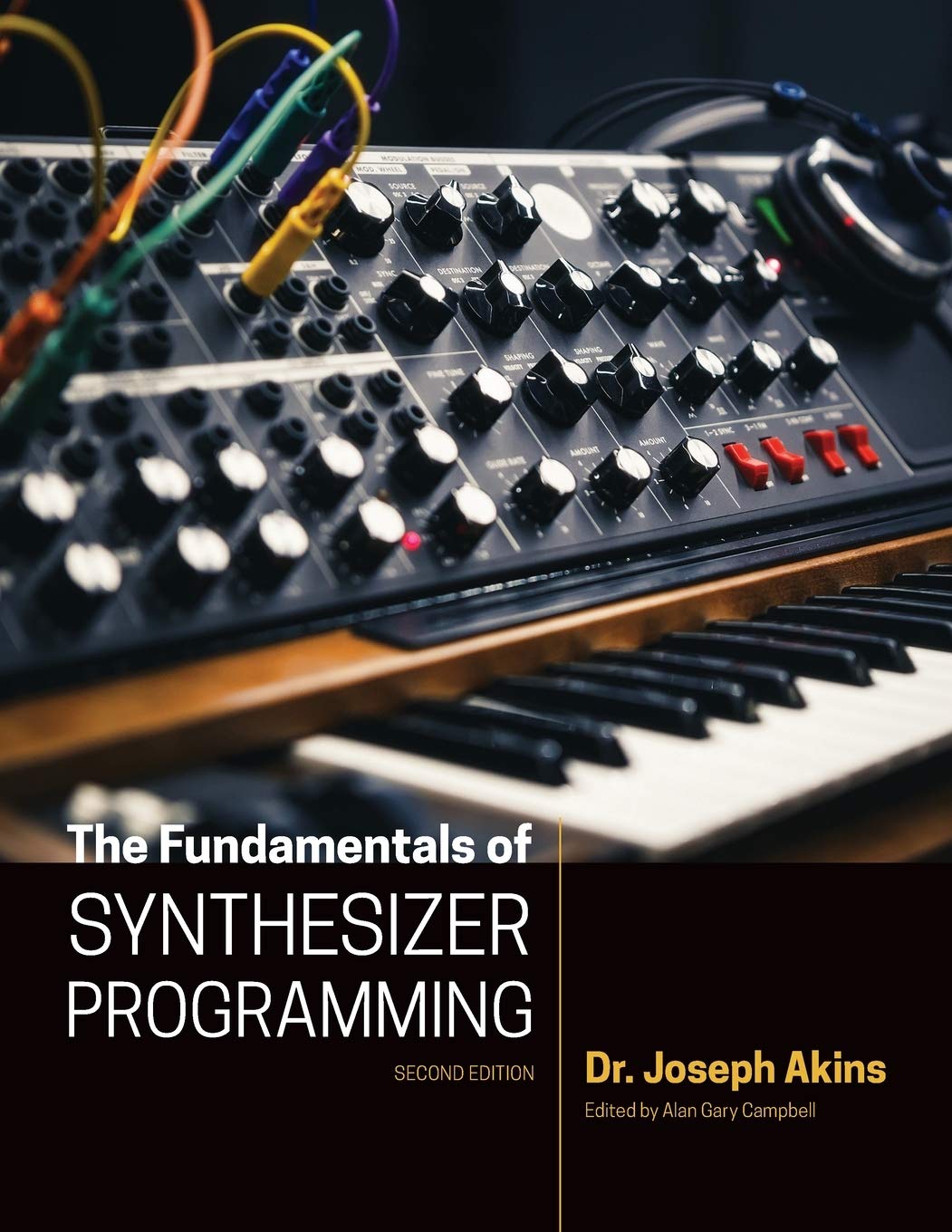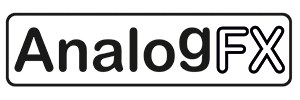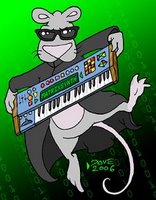 Click here
Click here for shots via
this auction.
Details:
"The Elector Formant modular synthesizer was designed by C. Chapman. The Formant was published in a series of articles in Elektor (in The Netherlands, Elektuur), and later as a book with a compilation of the articles. A year later there was another book with additions and extensions by M. Aigner, an Austrian. In those days I was still a student, and didn't have the time or money for the project. So I shelved it, till a later date when I would have both time and money at the same moment. This rare combination of factors occurred in October '92, triggering the project from hibernation.
"The Formant is a conventional Moog-style synthesizer, voltage-controlled with a 1V/octave characteristic. It consists of separate modules, which I mounted in a rack. Each module is a printed circuit board with a front.
"The original book describes the keyboard and interface, power supply, VCO, VCF, LFO (consists of 3 LFOs), Noise, ADSR, VCA, COM (output module), RFM (Resonance Filter Module) and a 24dB VCF. The book by by M. Aigner contains things like Ring Modulator, Envelope Follower, Mixer, Phase Shifter, ADSR Controller, VC-LFO's, Sample and Hold, and a few more. I'll briefly describe the modules here, and how building the Formant went.
The Modules
Keyboard interface
The keyboard is made with double switches, one switching a resistance ladder, the other the gate signal.
* inputs: frequency modulation
* controls: portamento, octaves coarse and fine
VCO
The VCO generates sine, triangle, square, sawtooth and spaced sawtooth waves. The pulse width of the square is adjustable, and even modulatable (PWM).
* inputs: frequency modulation, external control voltage, pulse width modulation. A LED indicates the pulse width.
* dials for octaves coarse and fine, output level, pulse width, pulse width modulation and frequency modulation.
* Switches to select each waveform (you can have sine and square at the same time, the signals are simply added together).
* External control voltage/keyboard voltage selector.
VCF
The VCF is a 12dB/octave voltage controlled filter. You can configure the filter as Low Pass, High Pass, Band Pass or as a notch filter. Quite versatile really.
* inputs: Timbre Modulation, external control voltage, external signal.
* dials for timbre modulation, external signal level, envelope, octaves, Q (resonance) and output level.
* Switches to select HP, BP, LP and Notch filter function.
ADSR
The ADSR generates the envelope signals for the VCA and the VCF. Normally you will have two ADSRs in a system, one for the VCA, and the other for the VCF(s).
* dials for Attack, Decay, Sustain and Release.
* switch to select AD or ADSR envelope
* LED indicator showing the envelope
VCA
The VCA has the following controls:
* inputs for amplitude modulation and external signal.
* dials for AM depth, ES level and Gain.
* Switch for ENV/Off (Off means no ENV control).
* LED to view the input signal level.
LFO
The LFO module consists of 3 LFOs. LFO 1 and 2 are identical, generating square, triangle and sawtooth ( /|/| ) waves. LFO 3 is different, in that it generates triangle and two sawtooths, one being the inverse of the other. ( /|/| and |\|\ ). Each LFO has a dial for the frequency, and a LED that shows the triangular wave amplitude.
Noise
The noise module generates white noise, coloured noise and a random voltage. The 'speed' of the random voltage is adjustable with a dial and indicated with a LED.
COM
The Control and Output Module outputs the Formant signal, there are dials for tone control (Bass, Mid, Treble) and Output level. You can connect a headphone or external amp to this module. (All outputs of the Formant you can connect a headphone to.)
24dB VCF
It is basically like the VCF, but 24dB/oct.
* inputs: Timbre Modulation (TM), ECV, External Signal (ES).
* dials for TM, ES level, Envelope (ENV), Octaves, Q (resonance) and output level.
* Switch to select HP/LP, a switch to select VCO's/ES.
* A dB/Oct selector: 6, 12, 18, 24 dB/oct.
RFM
The Resonance Filter Module is used to mimic existing instruments more naturally, or just as some filter. Another name for an RFM is a 'parametric equalizer'. This is not a voltage controlled filter. The Formant RFM consists of 3 filters in parallel. Each filter has three dials for frequency, Q and A."-----Rick Jansen"
 via this auction.
via this auction.
































